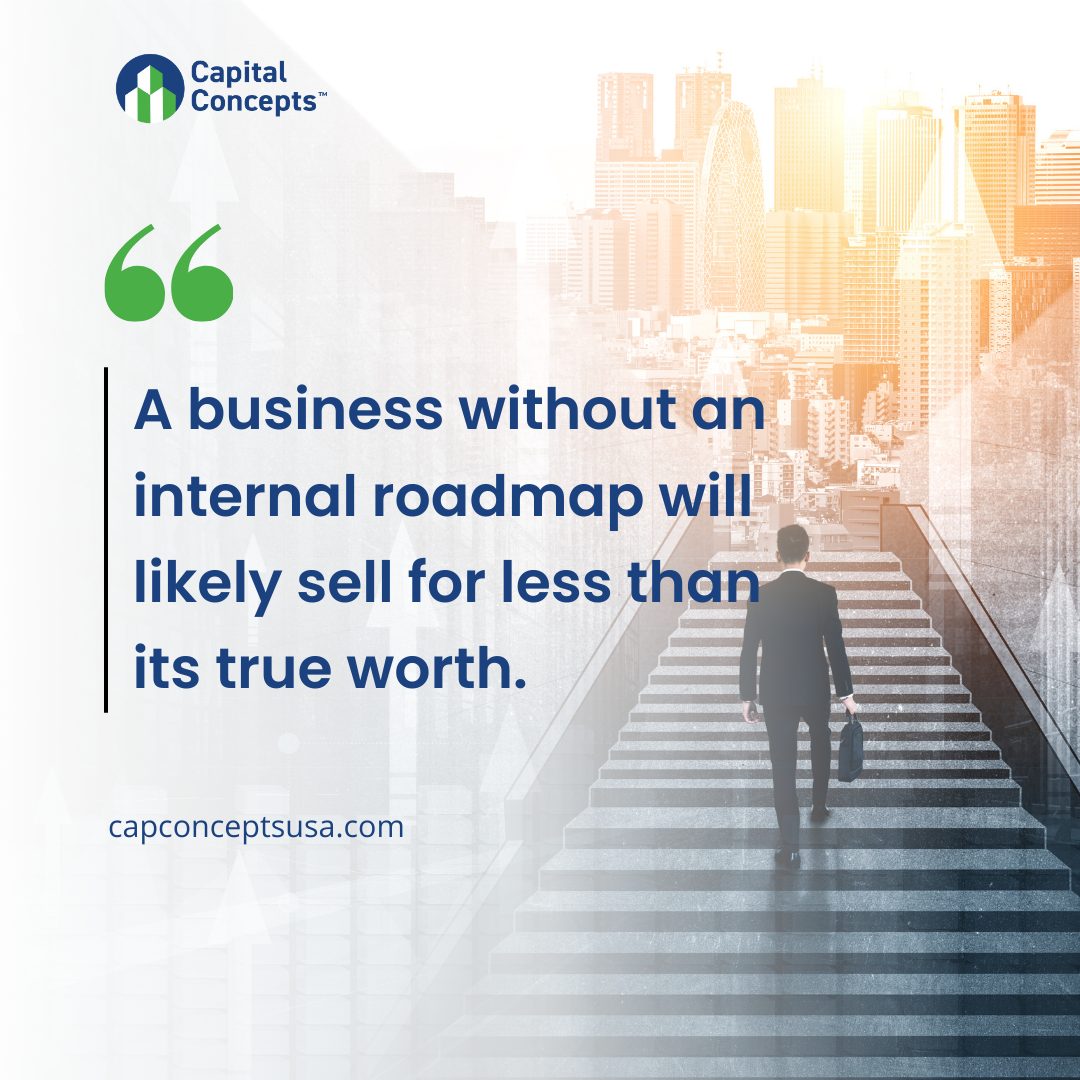If You Don’t Have a Leadership Transition Plan, Your Exit Could Fail
And here’s why
It’s time to transition out of your business.
You’ve built it up, created systems and efficiencies along the way, and are ready to step back or all the way out.
But what’s the wisest first move? There isn’t a manual or one-size-fits-all approach to transitioning away from your business.
This process is dynamic, which is why it is vital to document your processes to make this transition as seamless as possible.
There are a variety of ways to exit your business, including leaving it as a legacy to a future generation or grooming the next manager. But regardless of what’s next for your business, it is essential to have a strong plan in place.
For this article’s purposes, we’ll explore ways to prepare your business for a future sale (rather than secondary management or legacy strategy).

Why Is the Planning Phase So Important?
Many leaders get so caught up in strategizing their exit that they neglect to set a solid transition plan in place. But without a plan to show future buyers, you could lose a huge percentage of your company’s worth!
Additionally, owners often hold valuable institutional knowledge about their businesses, from client relationships to operational nuances. It is vital that you document and transfer this information through a succession plan so that the incoming owner can maintain the systems you put in place.
We’re diving into the “why’s” of planning: why having your own processes documented is crucial for future leaders to take on your business as you step back.
How To Begin the Transition: Answering Key Questions
Before the next leader can plan their own innovations to for the organization, they’ll need to have a solid track record of what your business has done in the past.
Anyone who acquires your business will want assurance that the organization they’ll be leading has a stable and well-defined future. They’re typically looking for businesses with a set roadmap for the future, and the absence of a succession plan sends a serious red flag about the company’s long-term viability.
This business history can encompass a wide range of information, including things like the business’s internal culture, finances, and missional goals to date.
Your transition plan relies on your ability to answer questions like…
➡️ What does the org chart look like now?
➡️ What will it look like in future the future?
➡️ Who is capable of fulfilling these goals?
If you don’t draft and implement a clear plan, you’re creating uncertainty for potential buyers.
Without a succession plan, the transition from the current leadership to the new one becomes unclear, raising concerns for buyers and/or incoming leadership. And no one likes uncertainty!
Why This Is So Important: Value Erosion
A business without an internal roadmap will likely sell for less than its true worth.
The value of a business will erode without a plan in place because its worth isn’t just about its current profitability. It’s also determined by its potential for sustained success. Without a smooth transition process in place, future leadership may doubt the business’s ability to continue operating efficiently under new ownership, impacting its perceived value.
Without detailed documentation of the who-what-how of your business, new leadership won’t have much confidence in the company’s ability to turn a profit in the future.


What To Include: Creating a History
Your transition plan should include information about…
1️⃣ Who has been running operations, both internal and external
2️⃣ What their process has been in doing so
3️⃣ How they’ve been able to maintain success and hit goals
This confidence is vital for a seamless transition and the ongoing success of the business. A well-prepared succession plan outlines how the business will continue to thrive under new leadership, even when you’ve completely exited.
In Conclusion…
Leaving your business goes far beyond a simple transfer of ownership; it also involves managing the entire transition period from one owner to the next.
At the end of the day, not having a clear and well-executed succession plan can doom your business transition.
This all requires thorough documentation and reflection. This is where we can help! Our experts have extensive experience guiding leaders through this process.
It’s worth taking the time and effort to create a comprehensive transition plan. Setting up a clear plan prior to selling is an investment in your business’s future. It isn’t just prudent — it’s essential!
At Capital Concepts USA, we have financial, marketing and sales, and operations consultants who can work with you to craft a plan and set goals that will make a difference in your business. Contact us today for a free 15-minute call with our founder, Lorne Greenfield.
Related Article
Get A Grip Roundtable
Does This Sound Familiar? Your business isn't as efficient or profitable as you'd like. You’re putting in the hours but not seeing the results you want. You’re stuck. You know your business has potential, but you're unsure how to take it to the next level. You’re...
Build & Beware: What it might cost you to sell your business
You Just Sold Your Business for Millions – So Why Isn’t That in Your Bank Account? The papers are signed. The deal is closed. After years of hard work, you’re ready to celebrate your big payday. But as you finalize accounts and tie up loose ends, you realize the...
Navigating Payroll Taxes
Tax deadlines are creeping up, demanding your attention and time. You’re still busy making sure things run smoothly day-to-day; filing business taxes can feel like the last complication you want to deal with.
Need Fresh Eyes On Your Business?
We offer complementary consultations to help you identify the areas where you could most quickly and easily improve your business’s performance, value, and profitability. Request one today.

